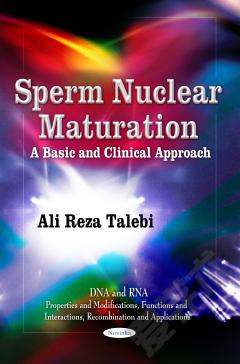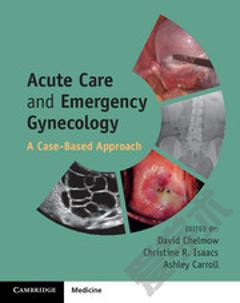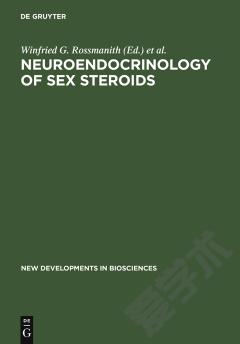Sperm Nuclear Maturation: A Basic and Clinical Approach
In somatic cells, DNA is normally wrapped around the histones octamer to forms nucleosomes that eventually give rise to a solenoid DNA structure. Unlike somatic cells, in mammalian sperm, the development of spermatids into mature spermatozoa is accomplished by a series of structural and chemical modifications including a gradual replacement of lysine-rich histones by transition proteins and then by protamines which bind more tightly to DNA than histones, which results in compaction of chromatin in the sperm nucleus, a process which is termed `sperm chromatin condensation'. This book examines the several techniques that have been devised in order to study chromatin and DNA defects in human spermatozoa.
{{comment.content}}








 京公网安备 11010802027623号
京公网安备 11010802027623号